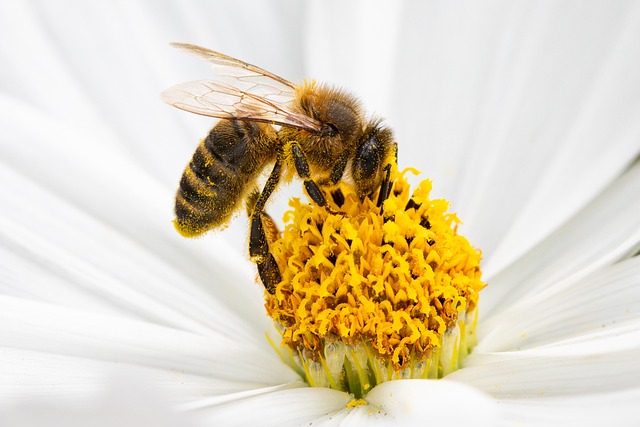On a warm summer evening, my partner and I returned from a leisurely stroll with our children in the neighborhood. While we mingled with neighbors outside, we sent the kids inside for popsicles and bedtime preparations. Our daughter zipped up the driveway on her scooter, brimming with excitement for her summer treat, embodying the joy of the season.
But just twenty minutes later, everything changed.
She came downstairs looking unwell—flushed, feverish, and complaining of a painful spot on her back. Upon inspecting her skin, we discovered a striking red circle, and our hearts sank. Despite our attempts to convince ourselves it was just an insect bite, as medical professionals, we knew we were facing a serious issue. That night, we administered some Benadryl and tucked her into bed, hoping for a return to normalcy by morning.
Unfortunately, our summer was disrupted. The next day, our daughter was diagnosed with Lyme disease, and the following months were a challenging journey.
Although we were fortunate to have caught the condition early and had access to a knowledgeable physician, the reality remained that our daughter spent her summer grappling with a condition that has made me wary of outdoor activities. Lyme disease is treatable, yet it is not a simple issue to resolve; it poses a persistent threat. The increase in tick populations, particularly due to a rise in the mouse population, has led to an uptick in cases across the United States.
The surprise of our daughter’s diagnosis compelled me to dive deep into research on Lyme disease and its symptoms. Here’s what I found:
Understanding Lyme Disease
Lyme disease is primarily transmitted by blacklegged ticks—also known as deer ticks—in the mid-Atlantic region, while western blacklegged ticks carry it along the Pacific Coast. According to the Centers for Disease Control and Prevention (CDC), “Most humans are infected through the bites of immature ticks called nymphs.” These nymphs are often less than 2 mm in size, making them difficult to detect, as was the case with our daughter. Larger ticks are easier to notice and less likely to transmit Lyme disease.
As a bacterial infection, Lyme disease is typically treated with antibiotics. A healthcare provider will recommend a treatment plan based on individual health history, often involving common antibiotics like amoxicillin or doxycycline. The characteristic erythema migrans rash, or “bullseye” rash, appears as the bacteria spreads beneath the skin, but not all cases present this classic sign.
When identified early, Lyme disease is manageable, and recovery is likely. After sharing our experience, many individuals reached out to share their own Lyme disease stories. Since then, I have made it a point to reassure concerned parents navigating similar situations. Although Lyme disease is serious and needs prompt medical attention, children can and do recover fully.
Preventive Measures for Parents
While it is impossible to completely prevent Lyme disease, there are proactive steps parents can take to safeguard their children from tick bites:
- Apply insect repellent with 20% DEET on your child. While some may hesitate to use chemical products, the risk of Lyme disease far outweighs the temporary discomfort of a spray.
- Conduct thorough tick checks on your children when they come indoors, focusing on areas like behind the ears, the nape of the neck, and behind the knees—common hiding spots for ticks.
- If you discover a tick, remain calm. Contact your doctor for guidance on removal and any necessary follow-up. (A quick sip of vodka beforehand won’t hurt—no judgment here.)
- Keep an eye on your child’s skin. If you notice unusual areas, seek medical advice promptly. Early treatment is crucial for effective recovery.
Our family’s perspective shifted after our brush with Lyme disease, not due to ongoing health issues, but because we have adopted greater caution during outdoor activities. We no longer embark on hikes or venture into wooded areas without proper insect repellent, and we conduct thorough inspections of each other after outdoor play. Now, as I watch my daughter enjoy the sunshine, I remain aware that Lyme disease is always a lurking threat. However, should we face it again, we will be prepared.
Additional Resources
For further information on fertility, you might consider exploring this fertility booster for men. Additionally, if you’re looking for more guidance on home insemination, this impregnator at home insemination kit is a valuable resource. For parents navigating infertility treatments, this guide offers excellent insight on what to expect during IUI procedures.
Summary
Lyme disease is increasingly prevalent, and parents must remain vigilant about protecting their children from tick bites. Early detection and treatment are critical, and preventive measures, such as using insect repellent and conducting thorough checks, can help keep your family safe during outdoor activities.
Keyphrase: Lyme disease awareness for parents
Tags: “home insemination kit”, “home insemination syringe”, “self insemination”
